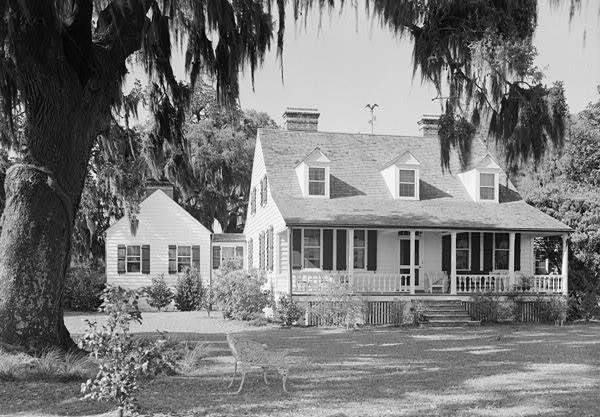Established September 8, 1988 Year built 1824 | Visitors 45,254 (in 2011) Area 12 ha Phone +1 843-881-5516 | |
 | ||
Address 1254 Long Point Rd, Mt Pleasant, SC 29464, USA Hours Open today · 9AM–5PMFriday9AM–5PMSaturday9AM–5PMSunday9AM–5PMMonday9AM–5PMTuesday9AM–5PMWednesday9AM–5PMThursday9AM–5PM Similar Palmetto Islands County P, Patriots Point, Boone Hall, Pitt Street Bridge, Fort Moultrie | ||
Charles pinckney national historic site in mt pleasant sc ask bob
The Charles Pinckney National Historic Site is a unit of the United States National Park Service, preserving a portion of Charles Pinckney's Snee Farm country retreat and plantation. The site is located at 1254 Long Point Road, Mount Pleasant, South Carolina. Pinckney (1757-1824) was a member of a prominent political family in South Carolina. He fought in the American Revolutionary War and was one of the principal framers of the United States Constitution. He served as Governor of South Carolina, and as a member of the United States Senate and the House of Representatives. He was also President Thomas Jefferson's minister to Spain, after he helped Jefferson win the presidential campaign of 1800. The site was designated a National Historic Landmark in 1973, and was designated a National Historic Site in 1988.
Contents
Setting
The Charles Pinckney National Historic Site is located about 10 miles (16 km) northeast of Charleston, South Carolina, on 25 acres (10 ha) of Wando Neck, a peninsula formed by the Wando River and Cooper River. The site has wooded and swampy areas on the eastern and western parts of the property, and a manicured grassy area with ornamental plantings around the main house. The property includes, in addition to the main house, a barn, corncrib, and caretaker's residence. A stone cenotaph commemorates Colonel Charles Pinckney, Snee Farm's founder.
History
Snee Farm was established by Colonel Charles Pinckney in 1754, and was inherited by his son also named Charles in 1782. The younger Pinckney used Snee Farm as a working plantation and country estate (it was conveniently accessible to Charleston by boat) until about 1816, when he placed the property in trust. The present main house was built in the 1820s, after it passed out of his hands. The estate remained largely intact until the 20th century, when development pressures prompted its subdivision. The site, covering the central portion of the historic estate, was purchased by preservationists in 1988, and was sold the same year to the National Park Service following the passage of enabling legislation by the United States Congress. Because the site no longer has any structures associated with the Pinckneys, details of their interaction with the property are limited to archaeological and documentary work.
